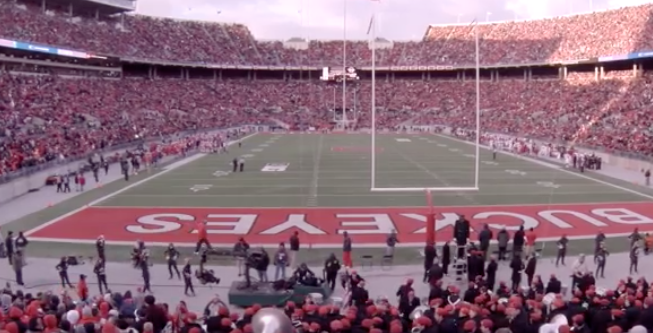Ohio State creates Pay to Play Model for NCAA athletes

Paying NCAA college athletes has become a controversial topic in the sports world, and Ohio State University economists proposed the so-called “pay to play” model for the entire college athletics system to use, Inside Higher Ed reports.
The study discovered that the highest-rated college football recruits at NCAA Division 1 football programs could bring in an average of $640,000 a year to their athletic programs. The research used NCAA players’ rankings on the athletic recruiting website Rivals and compared it to the number of bowl championships that these highly-ranked recruits participated in. The ranking systems are on a system of one star to five stars. Some athletes are unranked due to the sheer number of recruits each year.
Trevon Logan, an OSU economics professor, and OSU alumnus Stephen Bergman conducted the study.
The study noted that the top-ranked five-star recruits, increased a football team’s probability to play in top-ranked and lucrative bowl championship games by four percent. Four-star athletes brought in an average of $350,000 for their football programs, while three-star athletes brought in $150,000 to their programs.
This is one of the few academic studies which tried to quantify the average earnings that NCAA football athletes bring to their programs. The NCAA is mulling proposals to change their amateur athlete model, where athletes receive scholarships instead of being paid for their work. Amateur status prevents NCAA athletes from earning money on their likeness, such as jersey and merchandise sales, endorsements, autograph signings, sports card deals, advertisements, and other endorsements.




